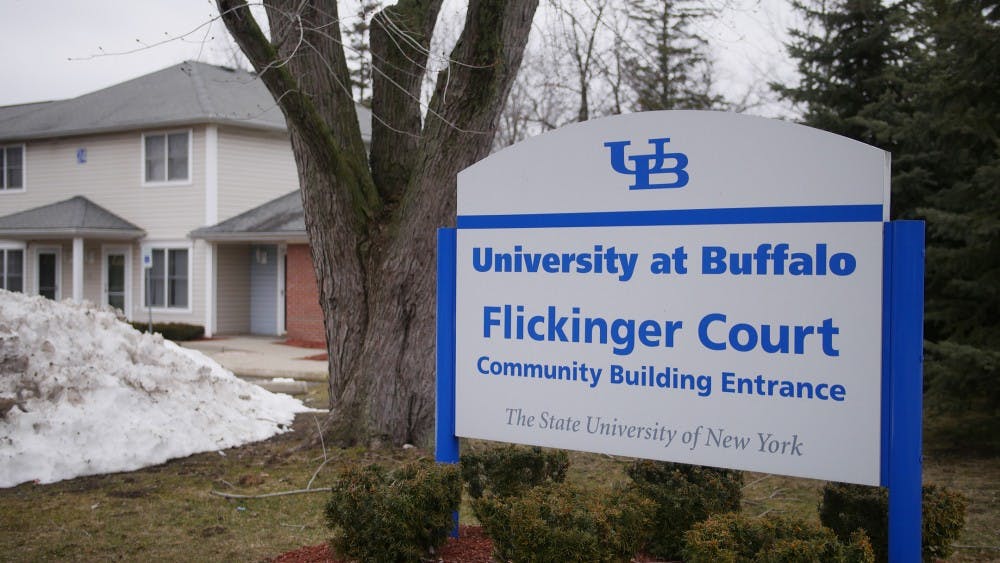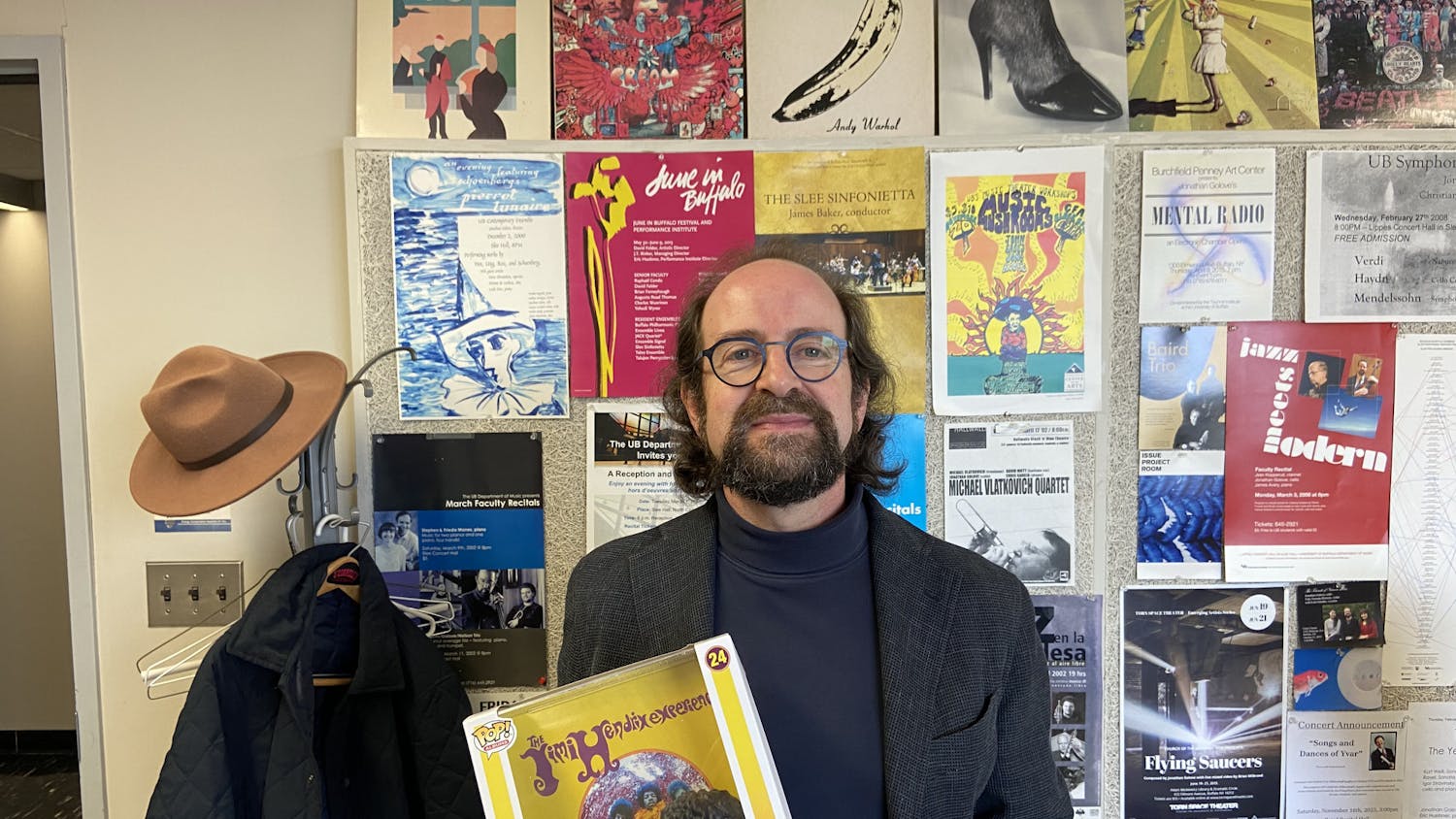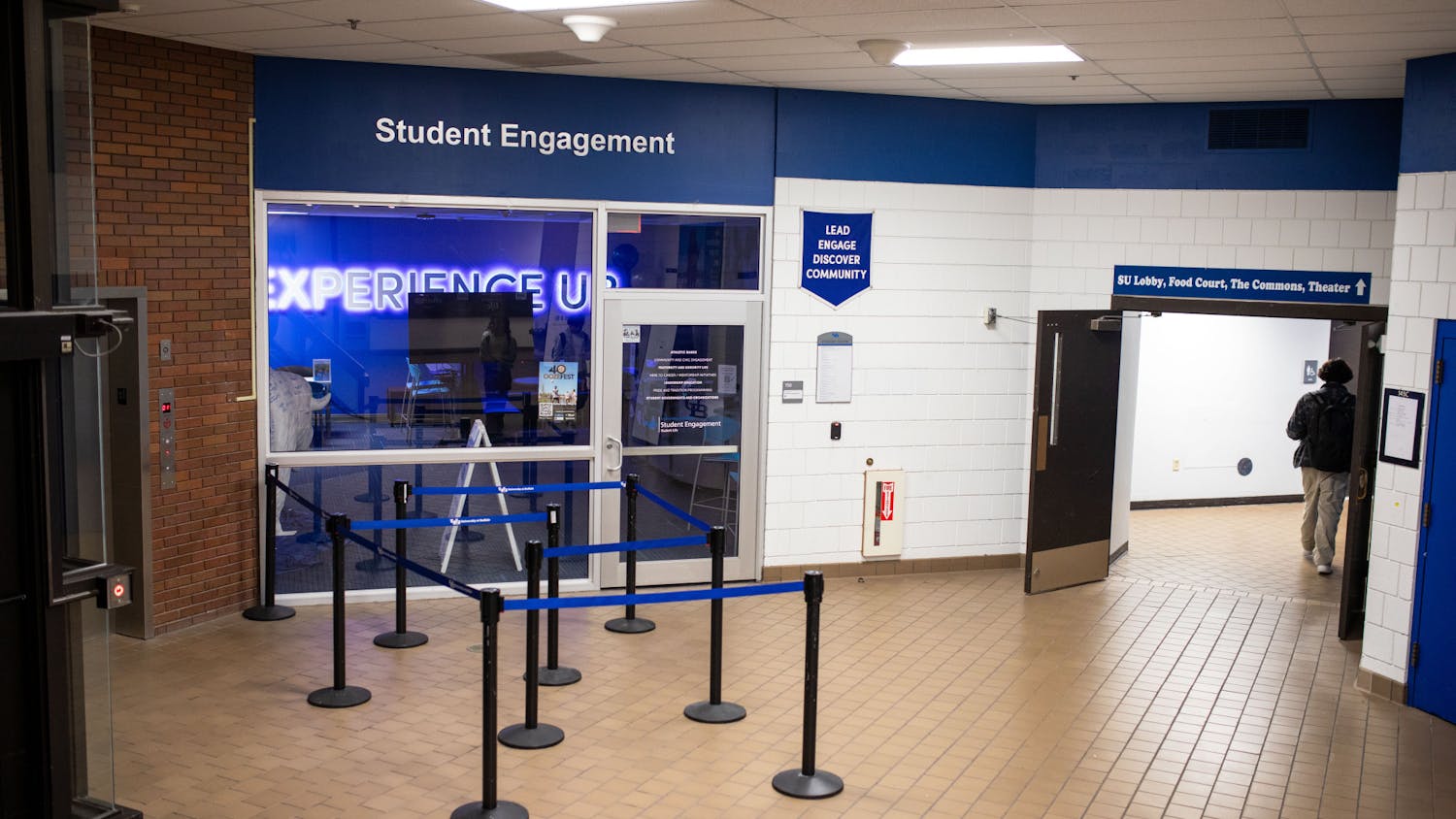Rent at Flickinger Court and Creekside Village will increase by 3 percent for the 2018-19 school year, according to Campus Living’s website. The rate hike comes in the midst of an ongoing movement by graduate students to demand higher stipends from the university.
On-campus apartments come furnished and utilities are included, which can help offset some costs. The new rate will be $820 per month, up from the current rate of $796 per month. This comes four years after rent increased from $590 per month to $733 per month in 2014 –– a price hike that has pushed some students to move off campus.
Campus Living declined to comment on the price increase.
In February, the university announced that as of Fall 2018, average stipends for English Ph.D. candidates will increase to $18,000 per year –– an increase of $3,000 more than current levels.
Nicole Lowman, one of the leaders of the Living Stipend Movement, said she doesn't think the increase is enough because it still falls below the cost of living in Buffalo. The MIT living wage calculator estimates the cost of living in Buffalo is around $24,000 per year. She also emphasized that the Living Stipend Movement continues to advocate for higher stipends in all departments across the university, not just English.
The Graduate Student Association approved a resolution requesting increased TA and GA stipends on March 11. The resolution has been presented to administrators, but they have yet to respond, according to Lowman.
One aspect of the resolution calls for the administration to develop a committee dedicated to researching an appropriate stipend level consistent with the cost of living in Buffalo and stipend levels at peer institutions. A similar committee was established at SUNY Albany, Lowman said.
The Living Stipend Movement’s next steps will depend on the administration’s response to the GSA resolution, according to Lowman. If the administration does not raise stipend levels, the movement will make plans for continued protest efforts.
“We are also working to get support from labor organizations in the greater Buffalo community,” Lowman said.
Those organizations include the Coalition for Economic Justice, Healthcare Workers Rising and the Buffalo chapter of the Central Labor Council.
Ph.D. students receive a funding package of $38,000 per year, including a full-tuition scholarship, a stipend and health benefits, according to UB spokesperson John Della Contrada.
But the Living Stipend Movement estimates average stipends are much lower, at less than $14,000 per year. This discrepancy exists because the university includes research assistants in its calculations. When RAs are not included in the equation, the average stipend for TAs and GAs is around $13,000, according to Juhi Roy, an officer for the Graduate Students Employee Union.
Lowman, a Ph.D. student in the English department, believes the increased housing rates reflect an ongoing trend of the university exploiting graduate students.
“It just goes to show the university is making more money from graduate students without compensating them adequately,” Lowman said. “The university is turning more and more into a corporation where the president is kind of like the CEO who makes an exorbitant salary, and then there are the peons who do the actual work –– like graduate students and adjuncts –– and they get paid basically nothing.”
UB has argued in court that the nonprofit corporation that manages some on-campus housing units is a private entity and somewhat separate from the university.
Jung, a Ph.D. student in the English department, lived in Creekside Village in 2011, but decided to move to Flickinger Court in 2012 because at the time, rent at Flickinger Court was around $200 cheaper, she said. She stayed at Flickinger until 2017, when she decided the rent, which increases yearly, was just too expensive.
“What really annoyed me [about Flickinger Court] was they raised rent every year by $15 or so,” Jung said. “And at one point they decided to increase it to around $750.”
The increase included all utilities and a fully furnished unit. But Jung and other residents complained because even with separate utilities, the previous contracts were still less expensive, they said.
Campus Living decided to offer current residents the option to keep their previous contracts. Jung opted to keep hers, but rent prices continued to rise every year.
In 2017, Jung moved out of Flickinger Court and she and her partner got a one-bedroom apartment near North Campus.
Lowman also opted to live off campus to save money. She considered living on campus for the convenience, but the rent prices were too high, she said. She lives with two roommates and pays about $500 per month in rent and utilities.
Ultimately, she said she does not find it surprising that on-campus housing rates are not affordable for many graduate students.
“It just goes to show the university is making more money from graduate students without compensating them adequately,” Lowman said.
Maddy Fowler is the editorial editor and can be reached at maddy.fowler@ubspectrum.com and @mmfowler13.





